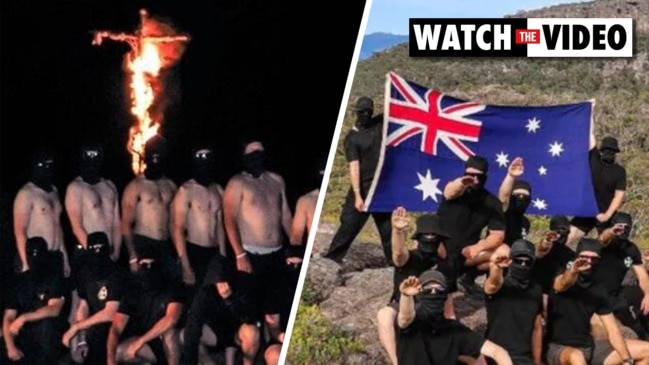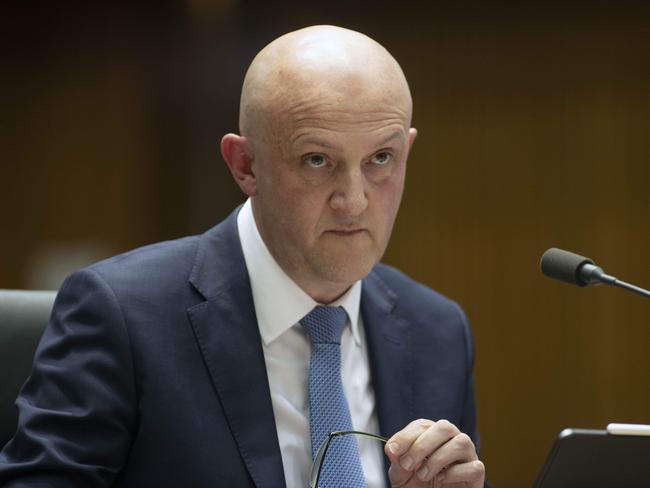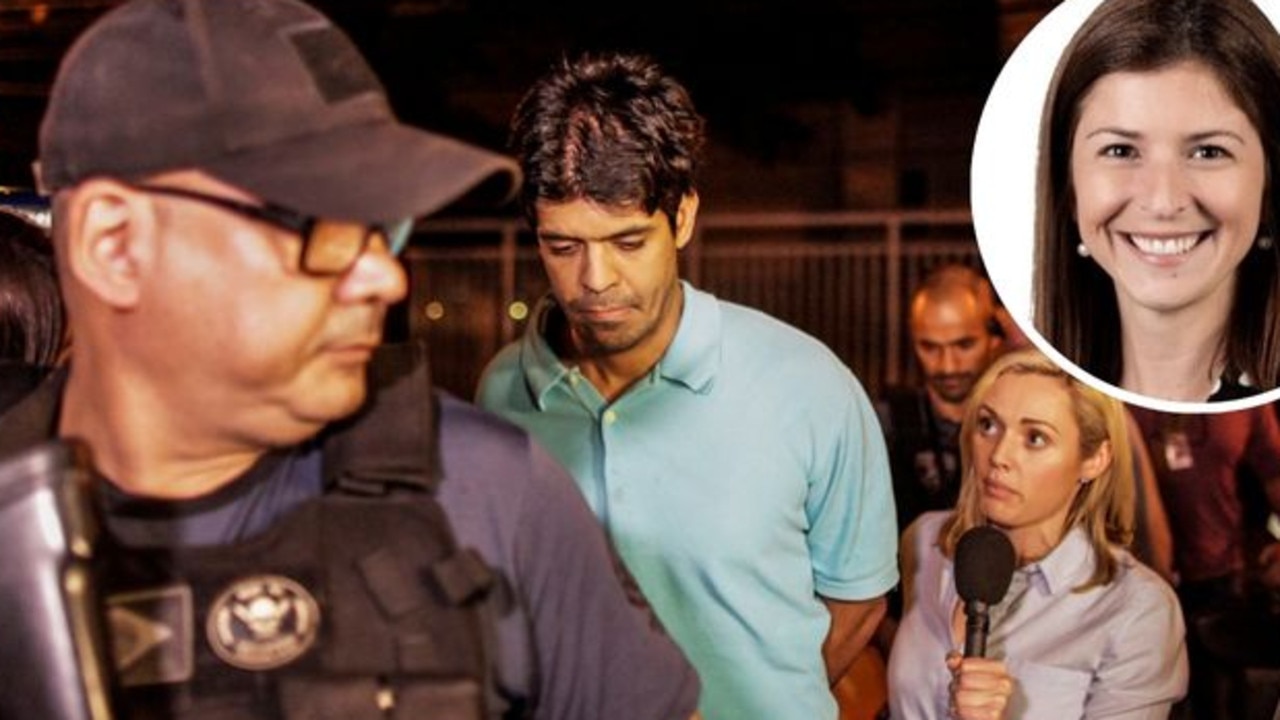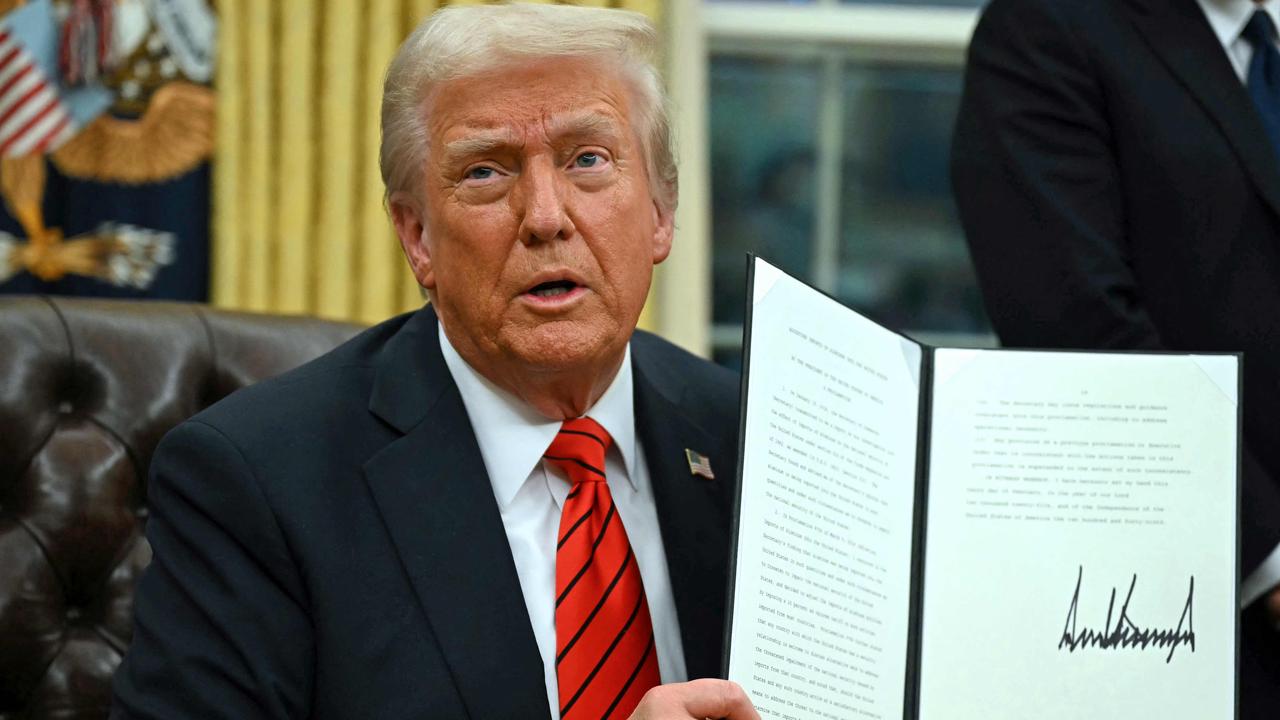ASIO warns spying will overtake terrorism as biggest threat to Australian security
ASIO believes that another sinister act will soon supplant terrorism as the biggest threat to national security.

National
Don't miss out on the headlines from National. Followed categories will be added to My News.
Nation-state espionage and foreign interference is set overtake terrorism and become the greatest threat to Australian security by 2025, Australia’s domestic spy agency has warned.
ASIO has told the federal government regional tensions, driven primarily by competition between the US and China, has caused the concern.
The agency said it believes “pre-placement” of sleeper software to sabotage critical infrastructure is emerging as a major threat to our “way of life”, The Australian reports.
“We think, as you look out to 2025, espionage and foreign interference will supplant terrorism as this country’s principal security concern,” ASIO director-general Mike Burgess told The Australian.
“That is something that has not yet been reported publicly … it’s got to be put in context.
“Threat to life is a priority. And the current ‘probable’ threat level of terrorism means people would lose their lives. Despite that, we think espionage and foreign interference will supplant terrorism … the level of activity coming at us and against us will be relentless.”

It comes after Mr Burgess earlier this week revealed the new face of terrorism in Australia is a 25-year-old, well-educated middle class man.
He said “ideological extremists’’ now made up 40 per cent of the domestic spy agency’s terrorism caseload, and that far from sporting jackboots and Swastika tattoos, the new terrorist could come from anywhere in Australia and was not easily identified.
In his second annual threat assessment, released in Canberra on Wednesday night, Mr Burgess revealed:
*ASIO would no longer refer to “Islamic extremism’’ but “religious extremism’’;
*The agency had busted a “nest of spies’’ working for a foreign intelligence agency and quietly booted them out of the country;
*Spies numbering in the “double digits’’ had been thrown out of Australia;
*End-to-end encryption now “damaged’’ intelligence coverage in 97 per cent of ASIO’s priority counter-terrorism cases;
*Violent extremism inspired by Islamic State remained a significant threat; and
*Ideological extremists in Australia included “incels’’ or involuntary celibates he described as “violent misogynists’’.
Speaking at ASIO headquarters, Mr Burgess said “ideological extremism’’ had risen from one-third of the ASIO counter-terrorism caseload to 40 per cent.
“So-called right-wing extremism has been in ASIO’s sights for many years,’’ Mr Burgess said.
“People often think we’re talking about skinheads with swastika tattoos and jackboots roaming the backstreets like extras from Romper Stomper, but it’s no longer that obvious.
“Today’s ideological extremist is more likely to be motivated by a social or economic grievance than national socialism. More often than not, they are young, well-educated, articulate, and middle class — and not easily identified.
“The average age of these investigative subjects is 25, and I’m particularly concerned by the number of 15 and 16 year olds who are being radicalised. They are overwhelmingly male.’’
Mr Burgess said extremists were sharing ideology and propaganda online and were “reactive’’ to world events such as the COVID-19 pandemic, the Black Lives Matter movement and the recent US presidential election.

He said ASIO would, from now on, be changing the language it used to describe terrorism threats, arguing that “words matter’’ in how they make people think about an issue.
“We will now refer to two categories: religiously motivated violent extremism, and ideologically motivated violent extremism,’’ he said.
Mr Burgess said it was “unhelpful’’ to categorise groups as extreme left-wing or extreme right-wing.
“We are seeing a growing number of individuals and groups that don’t fit on the left – right spectrum at all; instead, they’re motivated by a fear of societal collapse or a specific social or economic grievance or conspiracy.
“For example, the violent misogynists who adhere to the involuntary celibate or ‘incel’ ideology fit into this category.
“In the same way, we don’t investigate people because of their religious views … but that’s not always clear when we use the term ‘Islamic extremism’.
“Understandably, some Muslim groups — and others — see this term as damaging and misrepresentative of Islam, and consider that it stigmatises them by encouraging stereotyping and stoking division.’’

He said Islamic State-inspired violence remained a threat, and there had been two religiously-motivated terror attacks in Australia last year.
He also said while ideological extremists promoted “hateful ideologies’’, it did not automatically put them in the same threat category as Islamic State or al-Qaeda.
Mr Burgess said foreign influence continued to be a threat to Australian life.
“Last year … one of ASIO’s investigations focused on a nest of spies, from a particular foreign intelligence service that was operating in Australia’’ he said.
“The spies developed targeted relationships with current and former politicians, a foreign embassy and a state police service.’’
He said the spies had tried to obtain information about security protocols at a major airport and sought classified trade secrets, as well as recruited a Government security clearance holder who had access to defence technology secrets.
ASIO “confronted the foreign spies, and quietly and professionally removed them from Australia,’’ Mr Burgess said, adding that the foreign intelligence service involved was not from our region, effectively ruling out China, which is widely considered Australia’s biggest spy threat.





